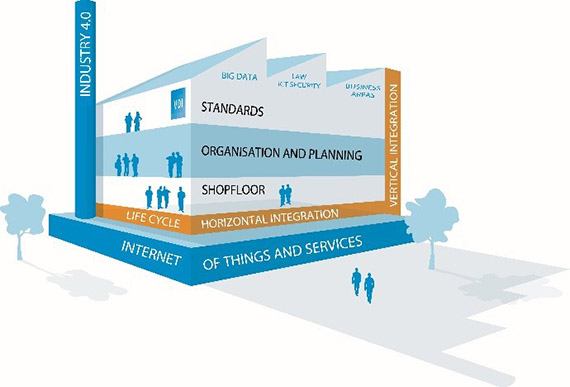OSMTM stands for Operating System for Manufacturing
Many resources are used to run a business:
- Man
- Machine
- Money
- Materials
- Methods
- Maintenance
In order to improve our profitability, we need to get the maximum output by putting in minimum resources. We need to improve upon the Effectiveness and Efficiency (E&E) of each resource.
ERP is a software that is the shorter version of OSMTM. This is what an Operating system for Manufacturing does.
- An OSM software is an Operating System for your Business.
- We provide one of the best OSMs.
- It creates systems for all your business activities like Sales, Accounts, Purchase, Inventory Control, Manufacturing, Quality Assurance, HRD, Payroll etc.
- Each Activity, although is handled individually is integrated in a way that a common centralized database is used to control and support all the activities.
- This way, the data collected by one department is used by the other departments to make decisions or course corrections.
- This helps in reducing your production time, development time, enhancing your personal abilities and giving you more time to think and to relax.
- By improving your Production Efficiencies
- By reducing your Rejections and Wastages
- By reducing your cost of production as well as cost of Poor Quality.
- It can reduce your Financial costs by reducing your Variable Assets:
- Reduction in Inventories (improve ITR)
- Improvement in Cash Collection from the Customers
- Improved customer service and order fulfillment
- Improved communication with suppliers and customers
- Enhanced competitive position
- Increase in Sales, Decrease in Costs and Increase in Profits
ERP is the father of all software and will have a robust centralized solution which can handle various businesses, functions, solutions into one business. SMEs mostly have a perception that ERP is best suited for large scale industries due to high cost of implementation, complexity and maintenance cost but it is not true as ERP will help to manage all the processes.
Why ERP is required?
Major Reasons for Adopting ERP
- To get a hold on your business processes. Increase your personal potential. Do much more in lesser time.
- To adopt the best Business Practices.
- Standardize and speed up operations and processes
- Make the entire process transparent, making your Company “System Run” and not “Person dependent”.
- Create an environment that makes business Profitable and Fun
These points answer the question why ERP is required?
How much should I be spending annually on OSM ?
Besides the financial gains, OSM also would help your Legal Compliance. ERP development is very important so that the business grows. Online ERP is secure and easy to access and implement. OSM is the advanced version of ERP and Operating system for Manufacturing is specially designed for the manufacturing industry.

 OSMTM system definition: OSMTM system is defined as the software which helps to manage all the activities going on in the business. OSMTM system helps to remove all the redundancies involved in the business and once an OSMTM software is integrated and implemented in the business it becomes the lifeline of one’s business as all the transactions are done through the software. GAP OSMTM streamlines all the processes in the industry and helps to manage these processes in a systematic manner. GAP offers different modules which manages the different departments in your organisation.
OSMTM system definition: OSMTM system is defined as the software which helps to manage all the activities going on in the business. OSMTM system helps to remove all the redundancies involved in the business and once an OSMTM software is integrated and implemented in the business it becomes the lifeline of one’s business as all the transactions are done through the software. GAP OSMTM streamlines all the processes in the industry and helps to manage these processes in a systematic manner. GAP offers different modules which manages the different departments in your organisation.






